OUR SYSTEM
Increasing workforce capacity and wellbeing
Our workforce is the backbone of an effective healthcare system, and resources and support can help them deliver better patient care.
Opportunities
Regional communities can benefit from innovative recruitment, retention and training strategies that will enable local services to increase their capacity and better respond to changes in local demand and complexity of needs (Mickan et al. 2019, Health Workforce Queensland 2022).
Identified focus areas include:
- formal rotation training programs to improve skills and relationships between hospitals and rural facilities
- incentives to encourage uptake of rural positions and of the rural generalist program
- supporting the Aboriginal and Torres Strait Islander health workforce
- peer networks to support health practitioners
- education to increase digital literacy of both consumers and healthcare providers
- online education courses and workshops.
Collaborative partners
- Hospital and Health Services
- Local Governments
- Peak bodies and service partners
- Accreditation and training agencies
- Aboriginal Medical Services
- Aboriginal Community Controlled Health Organisations
- Health Workforce Queensland.
The outcomes of these actions will be seen in:
- improved recruitment and retention of staff
- increased ratio of health staff to population.
Our progress
Increased numbers of healthcare personnel are still needed in the region, with some regional areas particularly affected by workforce shortages. Since the last HNA, the situation has been exacerbated by the COVID-19 pandemic, which has placed high pressure on the healthcare system across Australia. Increased training and incentives for placement and retention, particularly in rural areas, will continue to be needed in the region.
Breaking down insights
Related priorities
Updated: February 2025
Healthcare workforce
Our region has workforce gaps across the healthcare system and would benefit from recruiting and retaining trained, experienced and motivated staff across centres and regional areas.
Our area of focus
Our region would benefit from increased numbers of healthcare personnel across many service areas and for many rural regional areas.
Evidence
- In 2022, the region's
number of general medical practitioners per 100,000 residents had greatly improved since the last HNA, increasing from 88.7 to 106.9. It is considerably lower than the overall rate for Queensland which sits at 127.8 per 100,000 people
(PHIDU Social Atlas 2025).
- In 2022, our region had
68.7 dental health practitioners per 100,000 people
(PHIDU Social Atlas 2025).
- Health workforce gaps in 2022 were largest in
psychology, speech pathology, social work, occupational therapy and general practice. Services with the most need included
community-based rehabilitation, mental health, alcohol and other drugs, social support, and health prevention and promotion (Health Workforce Queensland 2022).
- Kingaroy, Millmerran, Tara, Esk and Crows Nest–Rosalie, Chinchilla, Nanango, Inglewood–Waggamba, Lockyer Valley–East and Southern Downs (SA2) areas were identified as having higher workforce and service needs
(Health Workforce Queensland 2022).
- Health professionals identified several potential strategies to support the workforce in local communities (Health Workforce Queensland 2022). These include:
- medicare reform to better support remote and rural practitioners
- strategies to improve retention of staff
- strategies to encourage remote and rural careers
- addressing pay disparities between public and private services
- support for supervision
Training and support for the healthcare workforce
It is important to have a health workforce that can replace professionals who retire or leave, and that is supported by access to professional development opportunities.
Our area of focus
Our region would benefit from additional health education and upskilling of the workforce, particularly in rural areas.
Evidence
- In recent times, the region has experienced emerging community needs and changes to the healthcare system, such as
living with the after effects of the COVID-19 pandemic, natural disasters and recovery management. The industry is also experiencing
new technologies and increasing information security requirements.
- Health professionals in the region expressed continued need to support existing health professionals in all disciplines (Health Workforce Queensland 2022). These include:
- Continued Professional Development and training focussing on better access to education/training and improving support networks for clinicians.
- improving general support for health professionals such as mental health support, support to assimilate new health professionals into communities and support for locum cover for leave and holidays
- improving telehealth and Information Technology (IT) resources and accommodation for staff and transport for clients to access services in the community and to specialist services in larger centres.



